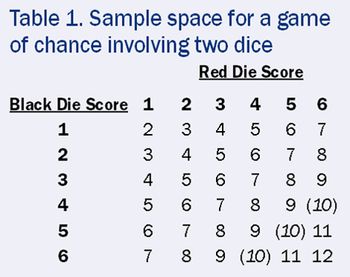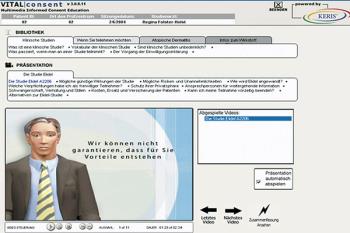
It can be difficult to determine when a hospitalization is "for treatment" and counts as serious under Japanese regulations.

It can be difficult to determine when a hospitalization is "for treatment" and counts as serious under Japanese regulations.

A recent conference featured debate on the role of research ethics committees.

Clinical trials may take longer and become larger as proposals emerge to strengthen regulatory policies.

A simple game of chance clears up the confusion over what randomization can and cannot do.

Informed consent takes place in the brain. While that seems obvious, the implications of that statement go much deeper. To a great extent, both bioethics and federal policy are based on 17th century assumptions by philosophers such as Descartes-who knew nothing of the structure and function of the brain.

New policies aim to simplify testing for single-pill combos and products that combine drugs with medical devices.

Concerns over risky medicines are shutting down clinical studies and boosting demand for comparative drug analysis.

Because it can take time to obtain independent EC or review board approval, the temptation to start a study without it can become strong.

Industry?s proposal for a shared database has merit, but is it ?too little too late??

If the activity is a significant risk device study, surgeons must first obtain FDA and IRB approval.

Perhaps a way forward is to refocus our efforts on a "culture of conscience," since our conscience often guides our actions.

Patients and patient advocacy groups have long demanded more easily understood information about their diseases and about clinical trials. Given these demands, it seems reasonable to provide trial-related information in an audio-visual format. Indeed, Brady has already reported the use of multimedia informed consent programs in several leading research centers.

Inadequate pre-approval testing and information disclosure may slow new drug development and change regulations.

The Medicare drug benefit and FDA's Critical Path Initiative will push and pull new drug development.

FDA eyes new approaches to testing drugs for children and adults, and clarifies electronic data policies for clinical trials.

Sponsors react to pressure to register ongoing clinical trials and to provide access to drug studies.

FDA encourages clinical data e-submission and boosting development of new therapies to combat bioterrorism, cancer, and obesity.

New standards and research methods aim to provide more useful information on population subgroups.

FDA and NIH investigate staff relationships with industry to eliminate any outside influence on regulatory decisions and clinical trial procedures.

Federal agencies seek to curb redundant IRB procedures and encourage voluntary accreditation of research organizations.

New technologies and research methods aim to reduce study failures and spur drug development.

McClellan shifts to head Medicare after delivering new proposals to block counterfeits, add bar codes, and assess drug imports.

Although the worlds of EMR and clinical trial technologies are similar, they have quite a few differences as well.

Policymakers want to harmonize for safety reporting, IRB operations, patient access, and other areas to spur product development.

Starting points for meeting eSource data regulatory requirements